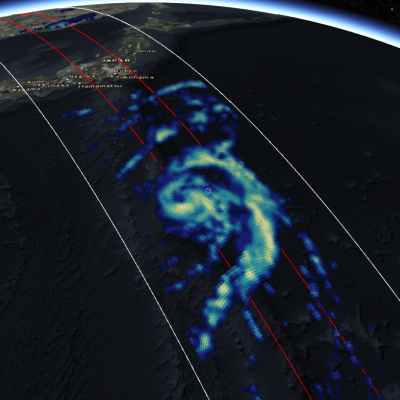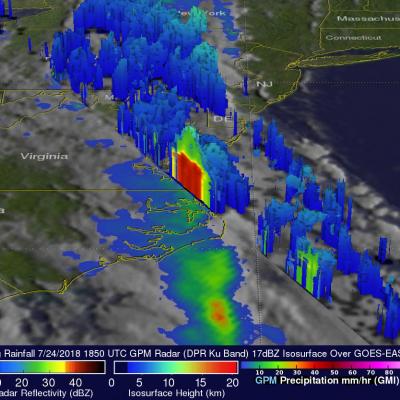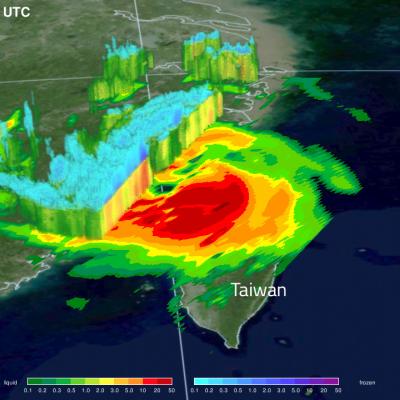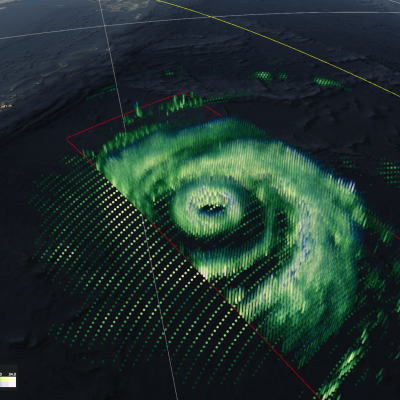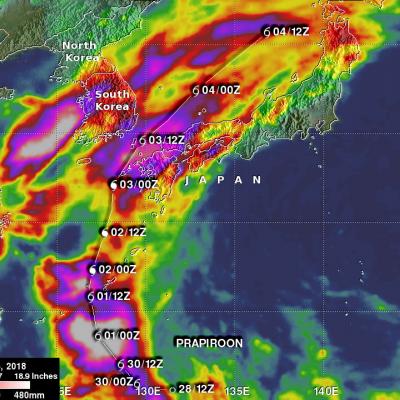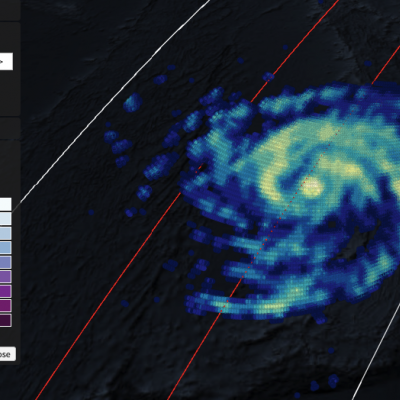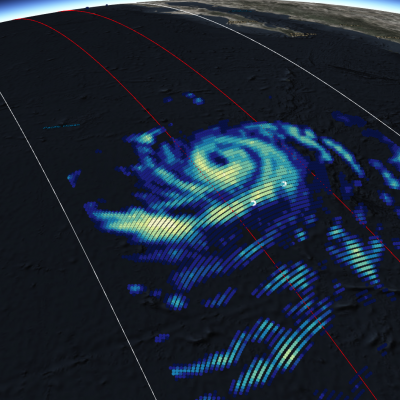GPM IMERG Adds Up Heavy Rainfall Over the U.S. East Coast
A stalled weather pattern led to persistent showers and thunderstorms moving up the eastern seaboard last week, resulting in significant rainfall amounts and numerous flood warnings. A nearly stationary elongated upper-level trough of low pressure stretching down from the Great Lakes to Florida combined with a persistent Bermuda High off the coast to channel a steady flow of warm, humid air up the eastern seaboard. The result was a week of re-occurring showers and thunderstorms across the region. The Integrated Multi-satellitE Retrievals for GPM or IMERG is used to estimate precipitation from


